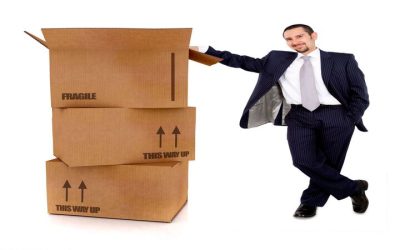When your product requires a safe and protective folding box for the ease of transportation, display, and sale, you may wonder whether you should choose rigid boxes or folding cartons.
Are They Similar or Completely Different?
There are some likenesses between rigid and folding cartons as your choice for presenting your product. The folding boxes also offer several differences which help you make the choice that is right for your product.
They are both boxes, made of paperboard and to the untrained eye, look extremely alike and are easily comparable. The paperboard used is often made from strong paper that is both robust and durable enough to meet the needs of the product and its intended shelf life.
The rigid boxes will be delivered made up and glued and ready for the product to be inserted. Folding cartons can be transported over long distances as lightweight materials, and when packed flat, more can occupy the same space compared to rigid boxes. The flat folding boxes will need to be reshaped before the product can be inserted.
The manufacturing process may help you make decisions about choosing between folding cartons and rigid boxes.
What About the Printing Process?
When you discuss your requirements with high-quality packaging solutions companies, they may suggest that folding cartons can be printed directly onto the box as it is a flat shape. For rigid boxes, the printing process may require a separate item to be printed and glued to the outside of the box.
Folding cartons will almost always be less expensive to print than rigid boxes, and because they do not require gluing and can be printed directly onto the surface, they are much quicker to produce in the manufacturing process.
Rigid boxes may require a die to form the folding carton. The finished article will be stronger and more long-lasting than flat folding boxes. From the customer’s point of view, a rigid box has a far higher perceived value when on display.








